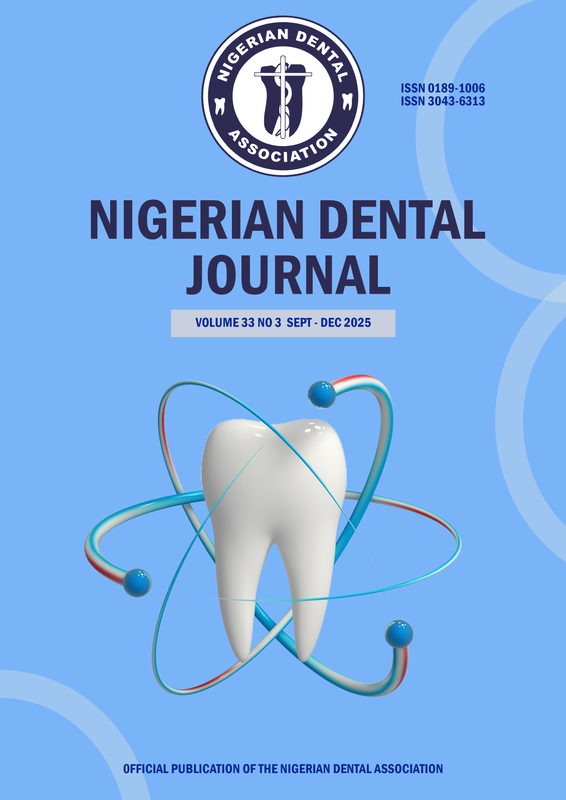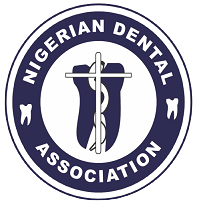Awake Nasotracheal Intubation via Fibreoptic Bronchoscope for Surgical Treatment of Temporomandibular Joint Ankylosis: A Case Report
DOI:
https://doi.org/10.61172/2rj99k17Keywords:
TMJ Ankylosis, Intubation, Fibreoptic bronchoscopeAbstract
Temporomandibular joint ankylosis (TMJA) causes immobility due to fusion of the joint. It most often results from trauma or infection, but it may be congenital or a result of rheumatoid arthritis. The condition is very common in children and rarely seen in adults. Administration of effective and safe anesthesia to patients with TMJA often poses a serious challenge during surgical correction. Hence, we report a case of a 68-year-old Nigerian woman with no comorbidities who presented to the Oral and Maxillofacial Surgery clinic of our facility with a 5-year history of progressive limitation of mouth opening associated with a painful left cheek swelling. Examination revealed severely limited mouth opening with an interincisal distance of 6 mm. Computerized tomogram of the jaws and the TMJ showed fusion of the condylar head and the temporal articular fossa on the left TMJ. She underwent gap arthroplasty after successful awake nasotracheal intubation via fibreoptic bronchoscope and recovered uneventfully with no recurrence.
Downloads
References
REFERENCES
1. GP Lanje Shrikant.. Anesthetic management of temporomandibular joint ankylosis in pediatric patient. Int J Health Sci Res, 2015.
2. Vasconcelos BCE, Bessa-Nogueira RV, Cypriano RV. Treatment of temporomandibular joint ankylosis by gap arthroplasty. Med Oral Patol Oral Cir Bucal 2006;11:E66-9.
3. Braimah RO, Taiwo AO, Ibikunle AA, Bala M et al. Changing trend of airway management in patients with temporomandibular joint ankylosis; A 9year retrospective appraisal in Sokoto, Northwest Nigeria. Trends in Anesthesia and Critical Care 53 (2023) 101311
4. Bhalerao N, Paunikar S, Wanjari D, et al. (February 17, 2024) Temporomandibular Joint Ankylosis: Anesthetic Challenge. Cureus 16(2): e54379. DOI 10.7759/cureus.54379
5. Nwasor EO, Olateju SO, Kalu QN. Airway management: A survey of training and practices of Nigerian anesthetists. Niger J Clin Pract 2014;17:569-72
6. Anyanechi CE, Osunde OD, Bassey GO. Management of Extra-Capsular Temporo-Mandibular Joint Ankylosis: Does Conservative Approach to Treatment Have a Role? J. Maxillofac. Oral Surg. (Apr–June 2015) 14(2):339–343
7. Pott LM, Randel GI, Straker T, Becker KD, Cooper RM. A survey of airway training among U. S. and Canadian anesthesiology residency programs. J Clin Anesth 2011;23:15 26.
8. Ajike SO, Omisakin OO. Temporomandibular Joint Ankylosis in a Nigerian Teaching Hospital. West Indian Med J 2011; 60 (2): 172
Downloads
Published
Issue
Section
License
Copyright (c) 2025 Akinwale Olaleye Akinbade, Tesleem Olayinka Orewole, Obitade Sunday Obimakinde, Shuaib Kayode Aremu

This work is licensed under a Creative Commons Attribution 4.0 International License.
Open Access Statement
- We became fully Open Access since January 2023.
- Our new and archived materials are available free of charge on open basis and under a Creative Commons license as stated below.
Copyright statement
Copyright © 1999 The authors. This work, Nigerian Dental Journal by Nigerian Dental Association is licensed under Creative Commons Attribution 4.0 International License.

